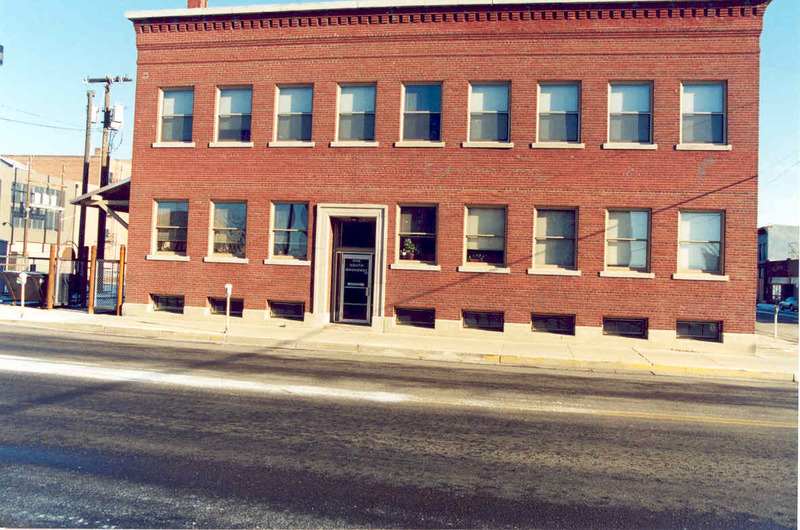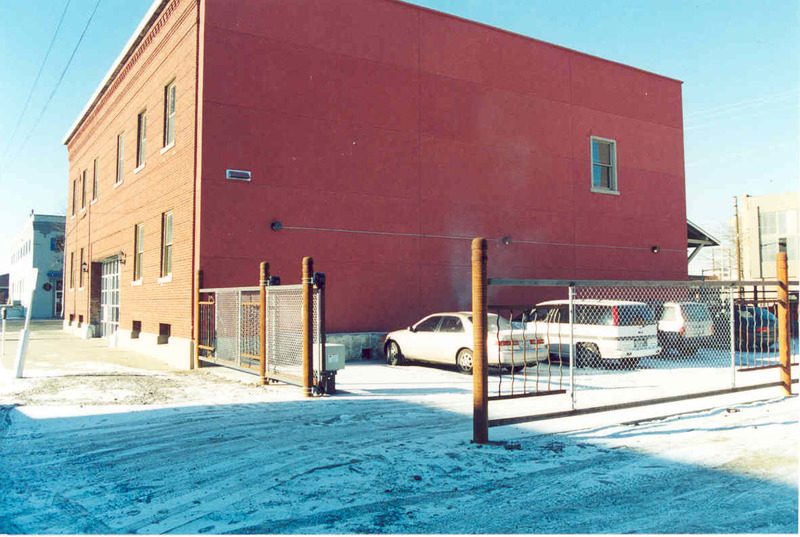
Billings, located halfway between Minneapolis and Spokane, boasted railroads running in seven directions by 1916. Quantities of freight arrived each day from points east, and large warehouses lined the tracks, filled with goods awaiting resale. Billings supplied shopkeepers across eastern Montana and northern Wyoming, and in 1916 its annual wholesale grocery and produce business alone was estimated at $3 million. Among the businesses to use Billings as a distribution center was Armour and Company. The largest meatpacker in America by 1891, Chicago-based Armour revolutionized the business, establishing a “disassembly” line to expedite butchering. The ruthless employer and competitor also pioneered new uses for slaughter by-products and financed early experiments with refrigerated railcars so it could ship its products farther afield. By 1903, Armour had a cold storage warehouse next door; another small cold storage building owned by prominent Billings businessmen Christian and Peter Yegen occupied this prize corner lot. Sometime before 1918, Armour purchased this corner and built a state-of-the-art, two-story, cold-storage warehouse with a concrete refrigeration shaft and cold rooms on each level. Engineered to hold a large amount of weight, the building relied on massive posts and beams to support the open interior spaces that characterize warehouses. Capped by a flat roof, the brick building displays many elements typical to Western Commercial style warehouses including a raised foundation, minimal ornamentation, and regularly spaced windows. Converted to lofts and offices in 2001, the former warehouse still reflects its origins in the railroad and wholesaling economy of early twentieth-century Billings.
Images




